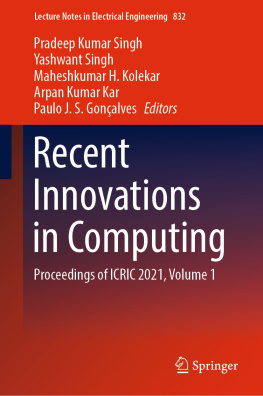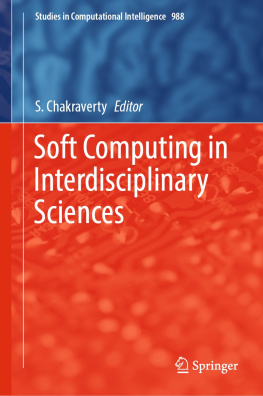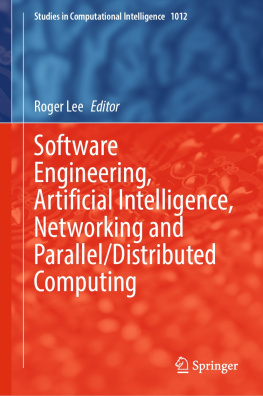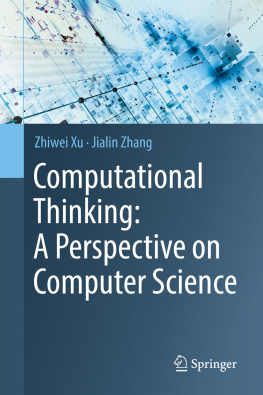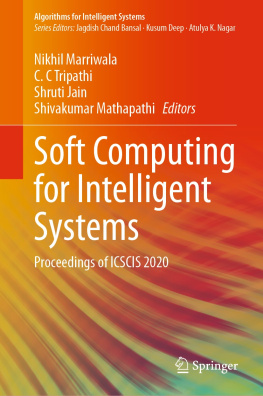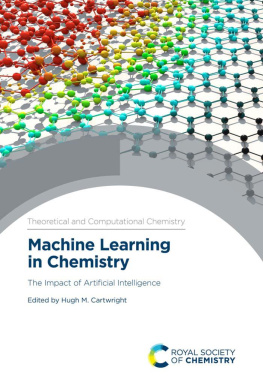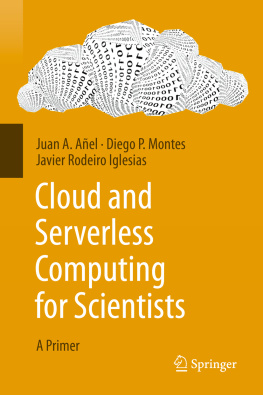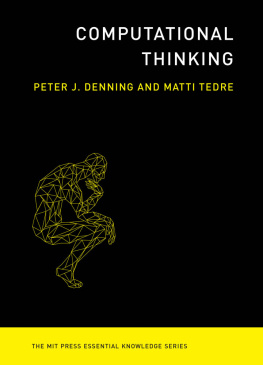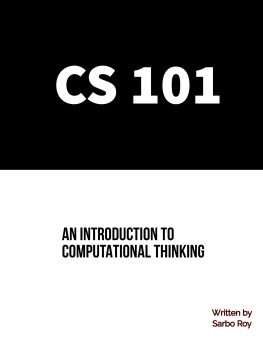Siu-Cheung Kong - Computational Thinking Education in K-12: Artificial Intelligence Literacy and Physical Computing
Here you can read online Siu-Cheung Kong - Computational Thinking Education in K-12: Artificial Intelligence Literacy and Physical Computing full text of the book (entire story) in english for free. Download pdf and epub, get meaning, cover and reviews about this ebook. City: Cambridge, year: 2022, publisher: The MIT Press, genre: Science. Description of the work, (preface) as well as reviews are available. Best literature library LitArk.com created for fans of good reading and offers a wide selection of genres:
Romance novel
Science fiction
Adventure
Detective
Science
History
Home and family
Prose
Art
Politics
Computer
Non-fiction
Religion
Business
Children
Humor
Choose a favorite category and find really read worthwhile books. Enjoy immersion in the world of imagination, feel the emotions of the characters or learn something new for yourself, make an fascinating discovery.

- Book:Computational Thinking Education in K-12: Artificial Intelligence Literacy and Physical Computing
- Author:
- Publisher:The MIT Press
- Genre:
- Year:2022
- City:Cambridge
- Rating:5 / 5
- Favourites:Add to favourites
- Your mark:
Computational Thinking Education in K-12: Artificial Intelligence Literacy and Physical Computing: summary, description and annotation
We offer to read an annotation, description, summary or preface (depends on what the author of the book "Computational Thinking Education in K-12: Artificial Intelligence Literacy and Physical Computing" wrote himself). If you haven't found the necessary information about the book — write in the comments, we will try to find it.
Computing has become an essential part of todays primary and secondary school curricula. In recent years, K12 computer education has shifted from computer science itself to the broader perspective of computational thinking (CT), which is less about technology than a way of thinking and solving problemsa fundamental skill for everyone, not just computer scientists, in the words of Jeanette Wing, author of a foundational article on CT. This volume introduces a variety of approaches to CT in K12 education, offering a wide range of international perspectives that focus on artificial intelligence (AI) literacy and the integration of computing and physical objects.
The book first offers an overview of CT and its importance in K12 education, covering such topics as the rationale for teaching CT; programming as a general problem-solving skill; and the phenomenon-based learning approach. It then addresses the educational implications of the explosion in AI research, discussing, among other things, the importance of teaching children to be conscientious designers and consumers of AI. Finally, the book examines the increasing influence of physical devices in CT education, considering the learning opportunities offered by robotics.
Contributors
Harold Abelson, Cynthia Breazeal, Karen Brennan, Michael E. Caspersen, Christian Dindler, Daniella DiPaola, Nardie Fanchamps, Christina Gardner-McCune, Mark Guzdial, Kai Hakkarainen, Fredrik Heintz, Paul Hennissen, H. Ulrich Hoppe, Ole Sejer Iversen, Siu-Cheung Kong, Wai-Ying Kwok, Sven Manske, Jess Moreno-Len, Blakeley H. Payne, Sini Riikonen, Gregorio Robles, Marcos Romn-Gonzlez, Pirita Seitamaa-Hakkarainen, Ju-Ling Shih, Pasi Silander, Lou Slangen, Rachel Charlotte Smith, Marcus Specht, Florence R. Sullivan, David S. Touretzky
Siu-Cheung Kong: author's other books
Who wrote Computational Thinking Education in K-12: Artificial Intelligence Literacy and Physical Computing? Find out the surname, the name of the author of the book and a list of all author's works by series.

